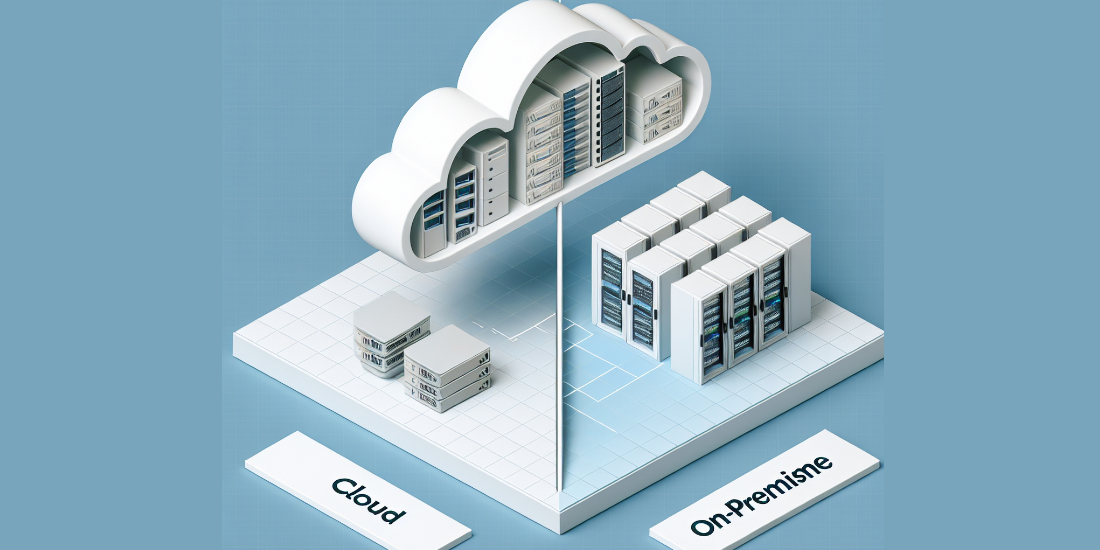


On Premise vs. Cloud: Advantages and Disadvantages
Many businesses, regardless of size, wonder what the best solution is: On-Premises or Cloud?
Although cloud computing is dominant, many still prefer the traditional on-premises solution. The decision may seem difficult, but it is crucial to understand the differences, benefits, and challenges of each option to choose the best solution for your business.
Special attention should be given to storage and software, as these are critical factors for any business. Info Quest Technologies offers products and services tailored to every environment, allowing businesses to efficiently manage their data in the cloud, on-premises, or in hybrid systems.
On-premises Computing
The on-premises model is a traditional solution that businesses used to prefer in the past, where the software, resources, and infrastructure are managed directly within the organization’s facilities. With this model, the organization assumes full responsibility for controlling the infrastructure, as well as for installing and maintaining its systems. As is evident, the business is not dependent on third parties and retains full control over its IT environment. Overall, the on-premises model refers to software or computing processes that are executed on the internal physical infrastructure of a company, which is hosted and managed locally by its IT team.
On-premises Computing: Pros and Cons
- The fact that a business has full responsibility and control over the model makes it more secure, without involving third parties and without putting data at risk.
- On-premises environments allow businesses to monitor and enforce compliance with regulations and internal standards directly. This way, it is easier to follow the business’s requirements.
- An internet connection is not necessary, and it does not depend on external networks or data centers.
While it offers high security and control, it also presents certain challenges for a business or organization.
- Since the IT team of a business is fully involved with the on-premises model, they must also have the required number of employees to ensure nothing is overlooked, consuming time and resources.
- It is considered an expensive solution due to the initial costs, such as hardware purchases and software licenses.
- The organization is limited in adapting to changing conditions, as this process can become time-consuming and costly.
Cloud Computing
On the other hand, there is cloud computing, which is managed by third-party providers who host and manage the organization’s data and infrastructure. By paying a subscription, the involvement of the business’ IT team is not required. In short, the cloud provider takes care of the maintenance of the infrastructure, including backups and upgrades, allowing businesses to focus on their core functions.
Cloud Computing: Pros and Cons
- The installation of cloud is not time-consuming; on the contrary, resources are provided in a short amount of time.
- By paying a simple subscription, businesses or organizations save costs that they can invest elsewhere.
- The providers are the ones who manage the updates and maintenance of the system, so the business’ IT teams do not need to handle these issues.
- It allows employees to access data and applications from any device connected to the internet, enhancing productivity and mobility.
- Easier backup creation of data.
Even in this case, there are certain disadvantages to keep in mind:
- Dependence on the provider may cause some disruptions in the business’s operations.
- Cloud computing depends on an internet connection, which means that when there is a connection failure, issues may arise.
- Businesses must confirm that the cloud provider complies with industry regulations.




